Gentle Giants of the Reef: A Deep Dive into the World of Nurse Sharks
Nurse sharks, often seen gracefully gliding along the ocean floor, are captivating creatures that frequently garner both fascination and a touch of apprehension. Despite their shark status, they are known for their relatively docile nature, earning them the nickname “gentle giants” of the reef. This guide explores the multifaceted lives of these incredible animals, from their evolutionary history and ecological role to interactions with humans and the specifics of observing them in the wild.
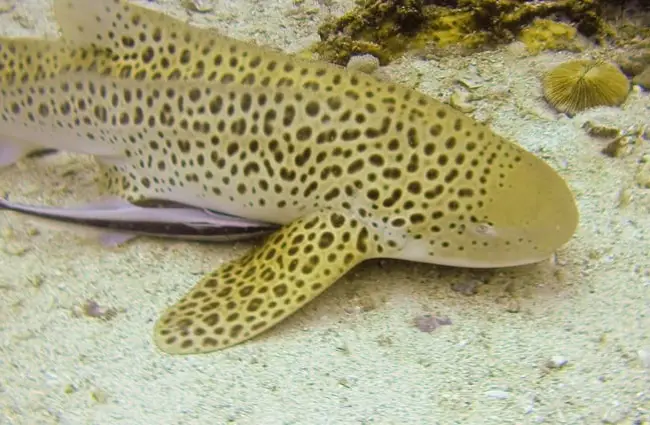
An Evolutionary History Rooted in Ancient Seas
The story of the nurse shark begins millions of years ago, tracing back to the Orectolobiformes order, a group of carpet sharks known for their bottom‑dwelling habits. Fossil records suggest that the ancestors of modern nurse sharks emerged during the Eocene epoch, approximately 56 to 34 million years ago. These early sharks were likely similar in body plan, adapted for a benthic lifestyle—meaning they lived and hunted along the seafloor. Over millennia, they evolved the distinct features we see today, honing their ability to navigate complex reef systems and extract prey from crevices.
Physical Characteristics and Identifying Features
Nurse sharks are easily recognizable by their broad, flattened heads and prominent barbels—whisker‑like sensory organs near their nostrils. These barbels are crucial for detecting prey buried in the sand or hidden within the reef. They typically reach lengths of 7 to 14 feet and weigh between 200 and 300 pounds, though larger individuals have been recorded. Their coloration ranges from light brown to dark gray, often with darker spots or blotches that provide camouflage. A unique characteristic is their two dorsal fins, positioned relatively far back on their bodies. Their teeth are adapted for crushing shellfish and other hard‑bodied invertebrates, unlike the sharp, serrated teeth of many predatory sharks.
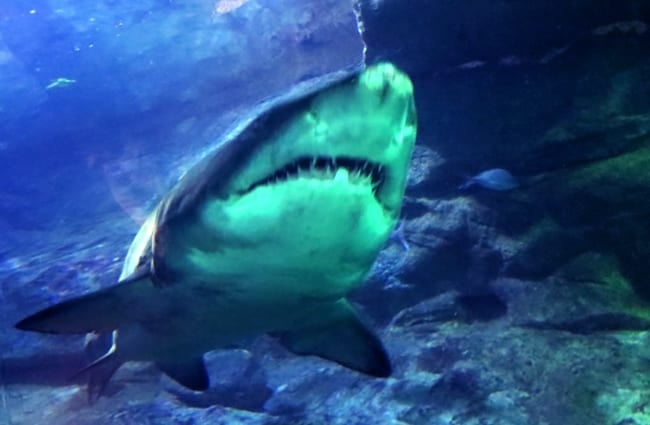
Habitat and Distribution: Warm Waters and Coastal Refuges
Nurse sharks are primarily found in the warm, shallow waters of the Atlantic and Pacific Oceans. Their distribution extends from the eastern coast of the United States, throughout the Caribbean, and along the coasts of Central and South America. In the Pacific, they inhabit areas around Hawaii, Mexico, and parts of South America. They favor habitats such as coral reefs, seagrass beds, mangrove estuaries, and the sandy bottoms near shorelines. These environments provide ample foraging opportunities and protection from larger predators. Nurse sharks are often observed resting in caves or under ledges, a behavior that contributes to their reputation as a nurse; they appear to be tending to these resting spots.
Diet and Foraging Behavior: A Bottom‑Dwelling Buffet
Nurse sharks are opportunistic feeders, with a diet consisting of small fish, crustaceans (such as crabs and lobsters), mollusks (including conchs and clams), and cephalopods (like squid and octopus). Their powerful jaws and crushing teeth are well‑suited for consuming hard‑shelled invertebrates. They typically forage at night or during twilight hours, using their barbels to locate prey buried in the sand or hidden within the reef structure. Their suction feeding technique allows them to quickly ingest prey, creating a strong vacuum to draw food into their mouths. They are known to occasionally feed on sea snakes and even bony fish, but invertebrates constitute the bulk of their diet.

Reproduction and Life Cycle: Slow Growth, Late Maturity
Nurse sharks exhibit a slow reproductive rate, contributing to their vulnerability to overfishing and habitat loss. They are ovoviviparous, meaning that eggs develop inside the mother’s body and hatch internally, with the young being born live. Gestation lasts approximately six months. Litters typically range from 20 to 30 pups, each measuring around 2 to 3 feet in length at birth. Nurse sharks reach sexual maturity relatively late in life, around 13 to 18 years old. This slow growth and late maturity make it difficult for populations to recover quickly from declines.
Ecological Role and Interactions with Other Species
Nurse sharks play a vital role in maintaining the health and balance of coral reef ecosystems. As predators, they help control populations of invertebrates and small fish, preventing any single species from becoming dominant. Their foraging behavior also contributes to nutrient cycling within the reef. They often coexist peacefully with other reef inhabitants, including sea turtles, rays, and various species of fish. However, they can sometimes be preyed upon by larger sharks, such as tiger sharks or bull sharks, particularly when they are young or vulnerable. They have been observed allowing smaller fish to graze on parasites on their skin, a form of mutualistic behavior.
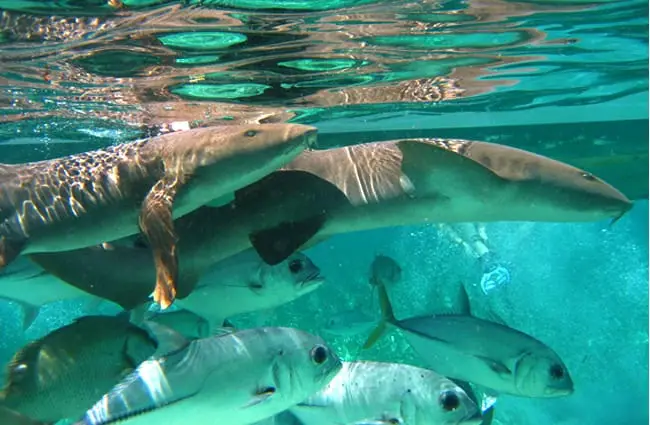
Human Interactions and Conservation Status
While generally docile, nurse sharks can bite if provoked or accidentally stepped on. However, attacks on humans are rare. The primary threats to nurse shark populations are habitat destruction, overfishing, and accidental capture in fishing gear (bycatch). They are listed as “Vulnerable” by the International Union for Conservation of Nature (IUCN), meaning they face a high risk of extinction in the wild. Conservation efforts include establishing marine protected areas, regulating fishing practices, and educating the public about the importance of shark conservation. Sustainable tourism, such as responsible shark diving, can also contribute to their protection by providing economic incentives for conservation.
Finding Nurse Sharks in the Wild: A Responsible Observer’s Guide
If you are hoping to observe nurse sharks in their natural habitat, several locations offer excellent opportunities. Popular spots include the Florida Keys, the Bahamas, Belize, and the coastal waters of Mexico and Central America. Look for them resting on sandy bottoms near coral reefs or in shallow mangrove areas. Always maintain a respectful distance and avoid any behavior that might disturb or stress the animals. Do not attempt to touch or feed them. Consider joining a guided snorkeling or diving tour led by experienced professionals who prioritize responsible wildlife viewing practices.
Caring for Nurse Sharks in Captivity: A Zookeeper’s Perspective
For zookeepers and aquarium staff caring for nurse sharks, providing a stimulating and enriching environment is crucial. Large tanks with varied topography, including sandy bottoms, caves, and artificial reefs, are essential. A carefully balanced diet consisting of fish, squid, and crustaceans should be provided daily. Regular water quality monitoring and maintenance are vital for maintaining a healthy environment. Enrichment activities, such as introducing novel objects or providing opportunities for foraging, can help reduce stress and promote natural behaviors. Strict protocols should be in place to minimize handling and ensure the sharks’ well‑being. Collaborating with veterinary specialists is crucial for proactive health management.
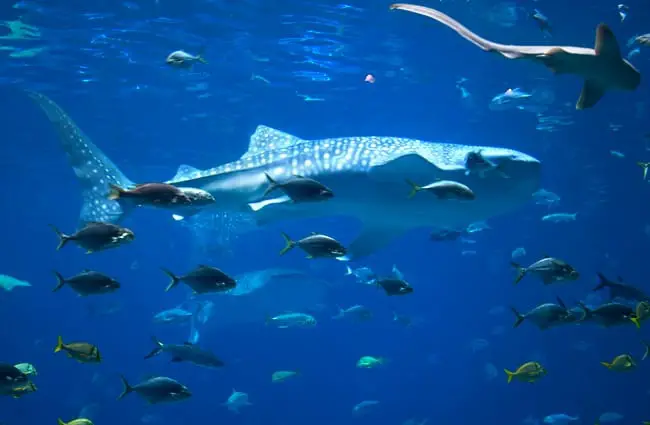
Fascinating Facts About Nurse Sharks
- Nurse sharks can detect electrical impulses emitted by their prey using specialized sensory organs called ampullae of Lorenzini.
- They can hold their breath for extended periods, allowing them to conserve energy while foraging on the seafloor.
- Nurse sharks have a unique swimming style characterized by undulating movements of their bodies.
- They often form small social groups, particularly during mating season.
- Their skin is covered in dermal denticles, tiny structures resembling teeth that reduce drag and protect them from injury.
Nurse sharks, with their gentle demeanor and essential role in marine ecosystems, are truly remarkable creatures. Understanding their biology, behavior, and the challenges they face is critical for ensuring their survival for generations to come. By promoting responsible conservation practices and fostering a greater appreciation for these magnificent animals, we can help safeguard their future in our oceans.

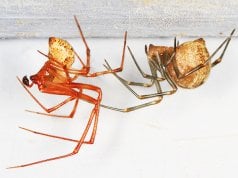
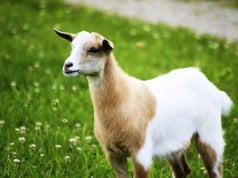
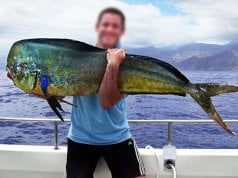

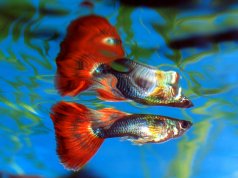
![Red Angus Closeup of a beautiful Red Angus cowPhoto by: U.S. Department of Agriculture [pubic domain]https://creativecommons.org/licenses/by/2.0/](https://animals.net/wp-content/uploads/2020/03/Red-Angus-4-100x75.jpg)

